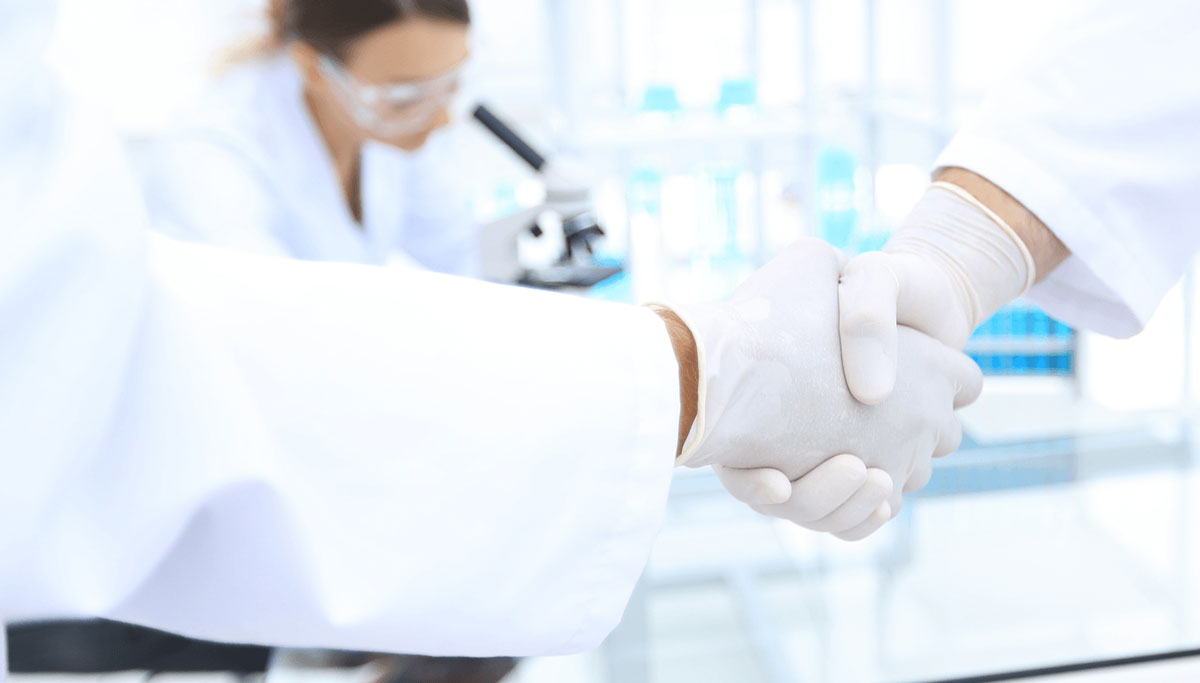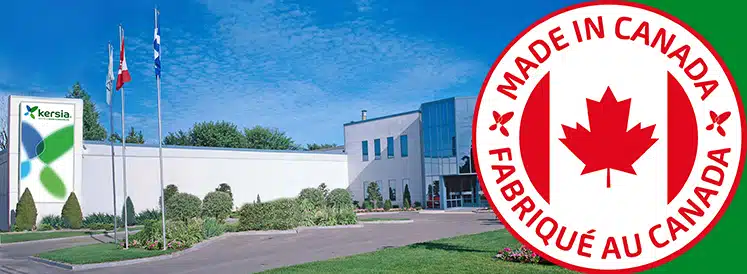How to remove contaminants from delicate surfaces, mitigating any damage?
💧 When cleaning or disinfecting surfaces in Food and Beverage industries, there is a risk that inappropriate methods or chemical products can oxidize, attack, recommends, or even pierce sensitive materials. Some materials or particles could also migrate and contaminate the food in contact with the surface.
✅ Best practices:
- Always check the material of construction carefully before selecting and using specific cleaning chemicals. Plastics, polymers, light metals, aluminum, alloys… Due to their nature, they are particularly sensitive to chemical contact and especially to strong acids and oxidizers.
- Always follow the instructions for using the cleaning products very carefully
- Always consider the correct chemical concentration, optimum temperature and maximum contact times with the surface. Kersia recommends that detergents are used at the lowest recommended concentration and the contact time is kept to a minimum.
- Always rinse thoroughly with potable water after use to ensure all chemical residues are entirely removed. This can be monitored using test strips or pH paper.
⚠️ It is ultimately the end user’s responsibility to ensure that the selected cleaning regime is compatible with their equipment. Kersia Investigational Research Center has the capability to undertake chemical compatibility testing.
For more information, ask your Kersia expert for our solutions to ensure correct and effective cleaning and disinfection of your sensitive machinery, equipment, fabrication and surfaces.

